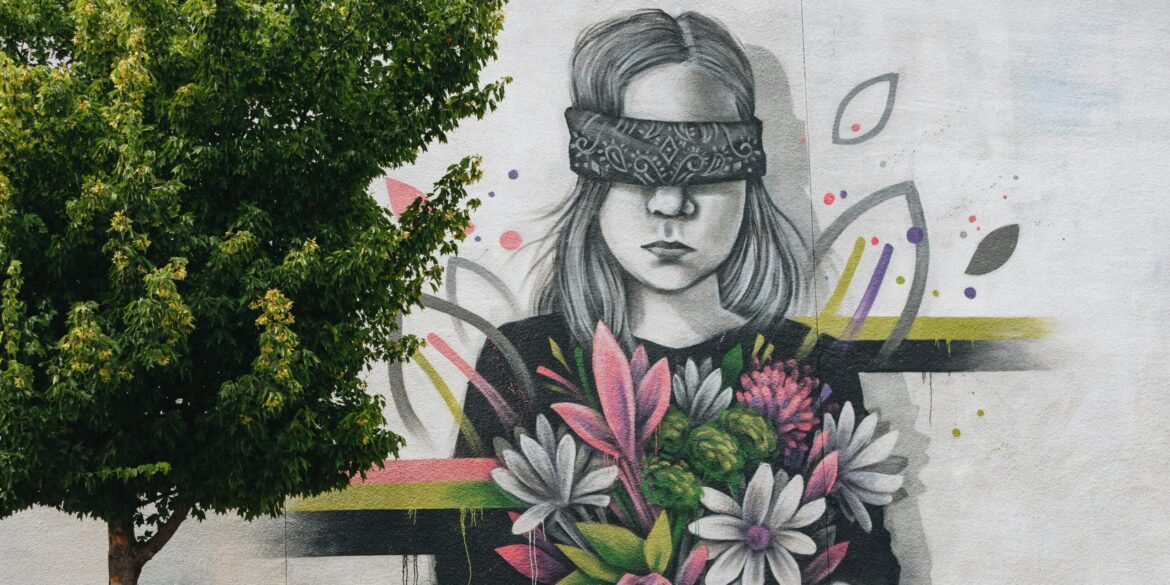Los Angeles has long been regarded as one of the world’s cultural capitals, and August 2025 is proving to be a particularly remarkable moment for the city’s art scene. From intimate gallery shows to large-scale public art, a diverse range of exhibitions and installations are weaving together themes of surrealism, feminism, queer identity, music history, and environmental reflection. For both residents and visitors, this month offers a chance to experience a cultural landscape as layered and dynamic as the city itself.
At David Zwirner’s Melrose Hill gallery, Canadian artist Marcel Dzama presents his newest surrealist installation, Empress of Night. This body of work unfolds like a dreamscape, populated with anthropomorphic creatures, dancers, and mythic figures who inhabit otherworldly settings. Dzama’s intricate drawings and paintings merge delicate ink and watercolor with graphite and pearlescent tones, creating visual poetry that is simultaneously enchanting and unsettling. The pieces nod to Francisco Goya’s nightmarish imagery as well as Federico García Lorca’s lyricism, all while addressing modern anxieties such as the fragility of democracy and the rise of authoritarianism. Dzama, who often works in the quiet solitude of nighttime, infuses these works with celestial wonder, encouraging viewers to reflect on resilience in moments of darkness. Accompanying the exhibition is a limited-edition zine, also titled Empress of Night, which provides an even closer look at the meticulous details of his artistic process.
Read Also: https://socaljournal.com/cruising-j%e2%80%91town-exhibit-opens-at-artcenter-college-in-pasadena/
Just a few miles away at David Kordansky Gallery, the city’s cultural memory takes a different form with An American Beauty: Grateful Dead 1965–1995. Curated by acclaimed rock photographer Jay Blakesberg and his daughter Ricki, the exhibition marks the 60th anniversary of the legendary band. Featuring large-scale photographs as well as smaller, more intimate images, the show captures three decades of the Grateful Dead’s evolution—from their early days in San Francisco’s Haight-Ashbury counterculture to their status as global icons. The photographs not only chronicle the musicians themselves but also highlight the fan community, offering a portrait of the social and political landscapes that shaped and were shaped by the band’s music. The exhibition underscores how music and visual culture intertwine, reminding audiences that the Grateful Dead were not just a band but a cultural phenomenon that left an indelible mark on American art and identity.
Several solo exhibitions further enrich Los Angeles’s cultural offerings this month. At Karma, Bosnian-born artist Maja Ruznic unveils a series of mystical works on paper that meditate on memory, spirituality, and collective healing. Her dreamlike compositions create spaces where myth and folklore seem to converse with the present. At Parker Gallery, Dutch artist Lily van der Stokker offers a radically different kind of intimacy through her whimsical, floral, and joy-filled installations. With pastel colors and botanical motifs, her work insists on the importance of beauty, happiness, and the everyday—values often overlooked in contemporary art’s fixation with irony. Meanwhile, Hauser & Wirth DTLA hosts a posthumous spotlight on Luchita Hurtado, whose feminist word paintings deliver bold statements about the body, identity, and environmental stewardship. The exhibition emphasizes Hurtado’s lifelong commitment to embedding social consciousness in her practice, further solidifying her legacy as a pioneering voice in feminist art.
The Broad has also joined the momentum by showcasing Jeffrey Gibson’s acclaimed works from the Venice Biennale. Gibson, an Indigenous and queer artist, blends traditional Native American materials with contemporary pop aesthetics, producing dazzling, text-based pieces and sculptures that challenge dominant narratives about identity and belonging. His presence in both the Biennale and in Los Angeles underscores how Indigenous voices are increasingly central to global conversations on art and representation.
Beyond the gallery walls, Los Angeles continues to cultivate a thriving public art landscape. At the La Brea Tar Pits, artist Mark Dion has staged an excavation-inspired project that brings together archaeology, ecology, and visual storytelling. His work transforms geological history into a layered meditation on the interconnectedness of humans and the natural world. Across town, Sharon Ellis presents luminous landscapes at Michael Kohn Gallery, offering meditative views of nature that seem almost transcendental. Viraj Khanna, by contrast, approaches cultural critique through satire, using his paintings and sculptures to comment on the opulence and absurdity of Indian wedding culture.
Representation and visibility remain key themes in the city’s art offerings this month. At Southern Guild, South African photographer and activist Zanele Muholi presents powerful portraits that document queer life with intimacy and dignity. Muholi’s work, which has garnered international acclaim, serves as a vital counterpoint to dominant narratives, highlighting the importance of representation in shaping cultural memory. Adding to the city’s outdoor art, Michael Wilding’s sculptures bring tactile engagement to the lush gardens of Hotel Bel-Air, while monumental works installed at the newly opened Intuit Dome reinforce the idea that art in Los Angeles is not confined to traditional institutions but deeply embedded in its public and communal spaces.
Taken together, these exhibitions reveal the multiplicity of voices and visions that define Los Angeles’s cultural moment in late summer 2025. Whether through Dzama’s surreal dreamscapes, Gibson’s bold explorations of identity, or Blakesberg’s photographic chronicle of the Grateful Dead, the city is experiencing a vibrant convergence of history, imagination, and social dialogue. For art lovers, August in Los Angeles offers more than a series of exhibitions—it offers a reflection of the city itself: diverse, experimental, and endlessly alive.

